McKeown Medical
167 Bath Street, Glasgow, G2 4SQ
Date posted — 8.04.25
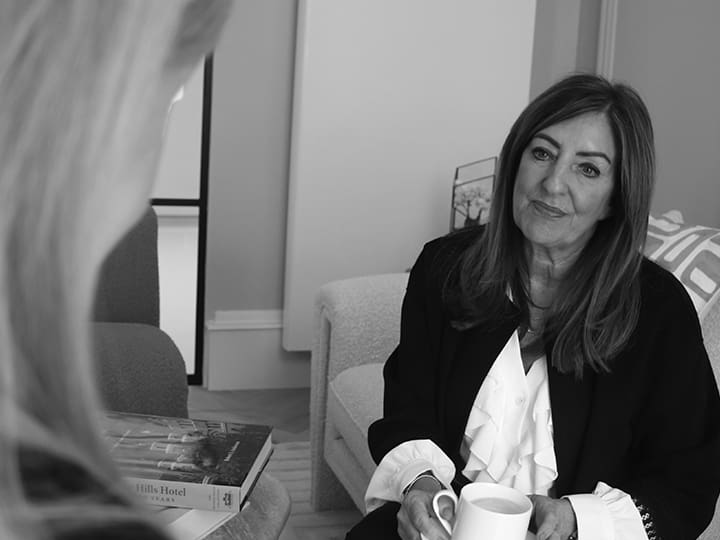
Varicose veins can be uncomfortable, unsightly, and even painful, prompting many people to seek treatment. However, one of the primary concerns for patients considering varicose vein treatment is the recovery process. What can they expect? How long does it take to return to daily activities? Understanding the recovery journey is essential for making an informed decision.
At McKeown Medical, we provide expert care throughout the entire treatment and recovery process. Whether you undergo a surgical or minimally invasive procedure, our team ensures you receive the best possible aftercare. In this guide, we’ll explore what to expect after varicose vein treatment, highlighting recovery timelines and essential aftercare measures to support healing.
For patients undergoing traditional varicose vein surgery, such as ligation and stripping, the recovery process tends to be longer compared to minimally invasive techniques, with most patients needing a couple of weeks off work. The great news, however, is that only around 1% of patients with varicose veins still require this type of invasive surgery. The vast majority of patients can be treated with a less invasive option, with most patients being able to get back to normal the same day or shortly after.
Recovering from a Minimally Invasive Vein Procedure
Minimally invasive varicose vein treatments, such as radiofrequency ablation (RFA) or foam sclerotherapy, offer a much quicker recovery, with most patients being back to normal activities within a couple of days. There is usually a little bit of soreness to the leg, although this is helped by wearing compression stockings for the first week or so.
Many people resume work within 1–2 days, especially for office-based roles. Light activity is encouraged immediately, but strenuous activities should be avoided for 1–2 weeks. Similar to surgical recovery, driving should be avoided until patients can comfortably move their legs. Long-haul flights should also be postponed for at least a week.
Recovering from a Venaseal procedure
We are very proud to be one of the first centres in Scotland to introduce the revolutionary Venaseal procedure. Venaseal is an even less invasive option and uses a special type of medical adhesive to seal the problematic veins shut. It causes less discomfort than RFA, and patients can get back to normal activities almost immediately without having to wear compression stockings. This is now our most popular type of varicose vein treatment in our clinic due to the minimal impact it has on our patients’ busy lives.
The best treatment for you will depend on a combination of factors, including your own anatomy, medical history and personal preferences. The first step is to undergo a thorough assessment and consultation by a consultant vascular surgeon. As part of this assessment, a detailed ultrasound scan will be performed to study the anatomy of your veins and look at blood flow within the leg. When we understand the anatomy and your medical history, the consultant surgeon can then discuss the most appropriate range of options for your condition before you decide on which one to proceed with.
While modern varicose vein treatments are highly effective, it’s crucial to be aware of potential risks and symptoms that may require medical attention. Patients may experience:
Knowing what to expect and when to seek further medical care ensures a smoother recovery experience.
At McKeown Medical, we specialize in VenaSeal, a cutting-edge treatment that offers an even shorter recovery period. Unlike thermal-based procedures, VenaSeal™ requires no compression stockings post-treatment and allows for an almost immediate return to daily life. Learn more about this treatment here.
Recovery from varicose vein treatment varies depending on the procedure performed, but with the right aftercare, most patients return to their normal routines quickly. At McKeown Medical, we prioritize expert-guided aftercare, ensuring each patient feels supported throughout their recovery.
If you’re considering varicose vein treatment and want to learn more about the recovery process, you can begin your journey by booking a consultation with our team today. We’re here to provide expert advice and high-quality care every step of the way.
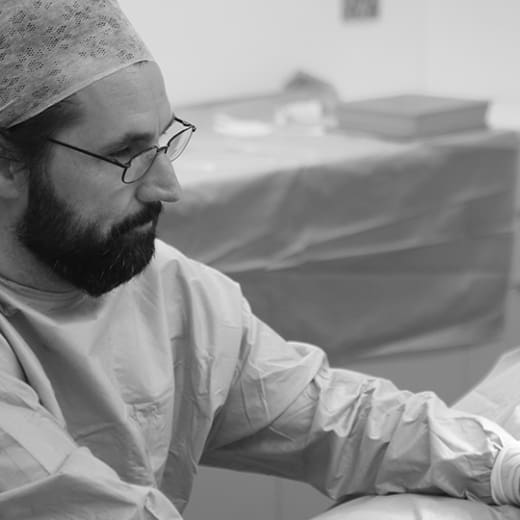
Dr Alex Vesey discusses whether varicose veins can come back after treatment.
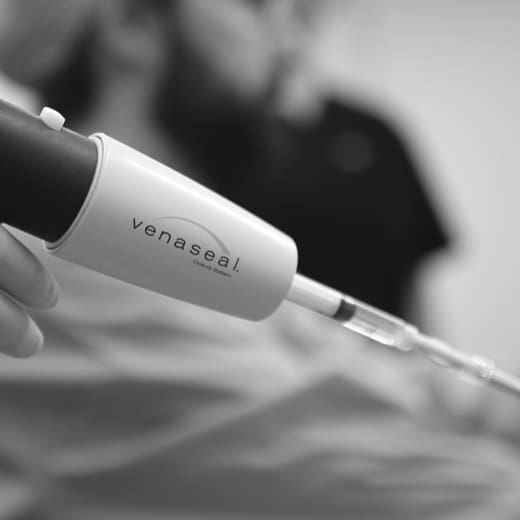
When it comes to treating varicose veins, VenaSeal™ has emerged as a revolutionary option that offers a minimally invasive and...
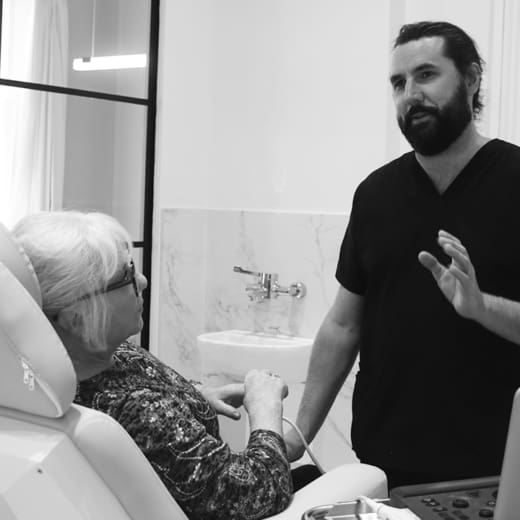
Varicose veins are enlarged, twisted veins that often appear just under the skin, primarily in the legs and feet.
1 / 3
2 / 3
3 / 3

Dr Alex Vesey discusses whether varicose veins can come back after treatment.

When it comes to treating varicose veins, VenaSeal™ has emerged as a revolutionary option that offers a minimally invasive and...

Varicose veins are enlarged, twisted veins that often appear just under the skin, primarily in the legs and feet.
Thank you to Dr Alex and all of the team! From my ultrasound scan to my treatment, I felt completely looked after and at ease all the way through. The procedure was easy and I was able to walk home! Thanks to everyone.
Gary - A McKeown Medical patientOctober 2024
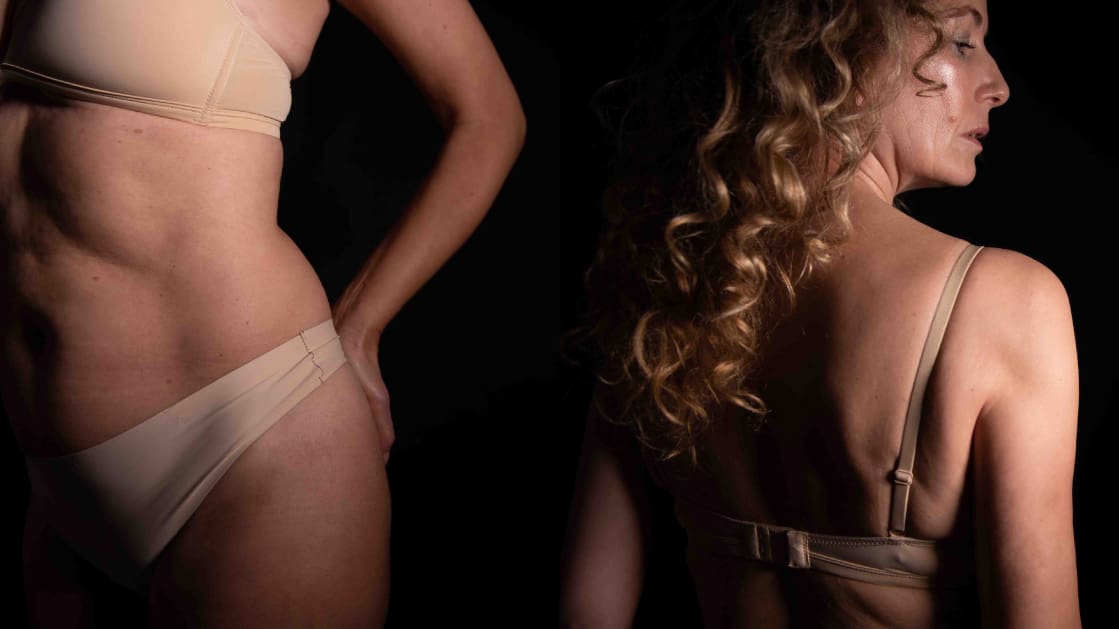
Fine lines etched into the skin around the mouth - this is a common problem and in this patient`s case she had what we call ‘actinic elastosis’, whereby abnormal bands of elastin build up in the skin as a result of years of previous sun exposure.
When patients have this condition, the gold standard way of dealing with it is fully ablative laser resurfacing. It’s an intense treatment with two weeks of downtime afterwards, but the results are spectacular - just like in this lovely patient.
The after photo is three weeks after the treatment and you can see that the skin is still a little pink, which will continue to fade over the next few months.
The patient is already delighted with the result - what do you think?

It’s beginning to look a lot like Christmas!
At least according to Michael Buble, who’s been on repeat in the clinic this week. The decorations are up and we are officially in ‘our season’. The clinic has been packed with everyone having their skin polished in time to make it on the nice list. If you’ve still to make a pre-Christmas appointment, we’ve still got some spaces left for your festive glow up.
Ho ho ho everyone… It’s time for Santa!!!! 🎅🏻

Ok, so this is the one we’ve all been waiting for. Sofwave : the results, in our hands!!!
This is the first patient we treated with @sofwave.uk when we were assessing the machine and deciding whether or not to buy it. These are the patient`s own photos that she kept throughout the healing journey.
Now do you see why we are so excited?! 🤩
#sofwave
#sofwavemed
#SUPERB
#sofwavemedical
#sofwavejourney
#sofwaveexperience

We are now well up and running with @sofwave.uk , much to the excitement of the whole team in the clinic (we are all queuing up to get a shot!)
This is a little video of the treatment being performed, so you can see what the process is like and there is even a little early preview of the results at the end.
One of the best parts is that there is no downtime, so we can still fit it in before Christmas without worrying about redness in the party season!
What do you think?
#sofwave
#sofwavemed
#SUPERB
#sofwavemedical
#sofwavejourney
#sofwaveexperience

We`re absolutely delighted to introduce you to our lovely new doctor, Dr Sharon.
With over 30 years’ experience as a medical doctor and a decade specialising in aesthetic medicine, Dr Sharon brings exceptional skill, warmth and a deeply patient-centred approach to every treatment.
She joins us with extensive expertise in injectables, including advanced toxin and filler techniques, and will also be leading our regenerative aesthetics offering with Ameela polynucleotides and Ameela Exosomes - two of the most exciting developments in skin rejuvenation. She will also be offering Profhilo and Profhilo Structura!

We have a super exciting new addition to the clinic this week, with the launch of @sofwavemed.
Sofwave is an incredible skin tightening technology that has been around for five years now. I am never first to the queue with new devices because so many don’t deliver and disappear within a couple of years of launch. Sofwave however has continued to grow in popularity over the years and earlier this year I decided I had to find out what all the fuss was about.
I asked the reps to bring it round for us to play with and we treated a few of our patients to see what the results were like and, three months later not only was I signing the purchase order I was asking how quickly I could get one of the reps round to treat me 😊
Sofwave works using ultrasound waves to create a thermal injury to the deeper layers of the skin, initiating a healing response which over a period of several months results in a skin tightening effect.
I have trialled a number of ultrasound devices in the past and have never bought any of them because I was always disappointed in the results. There are a couple of things that I think makes Sofwave different.
First, it only goes to 1.5mm which means all of the energy is being delivered to the skin. Most other devices go down to 3 or 4mm, by which point you are past the skin and into the fat which can, if anything, have a worsening effect on volume loss. The second difference that I think is important is that it treats a bigger proportion of the surface area of the skin.
We have a new page on our website where you can read all about Sofwave and how it works, but for now, enjoy some of these before and afters that the manufacture supplied.
Let me know what you think!

Lower eyelid surgery is one of the more challenging operations in aesthetic practice. If we can avoid it, we normally try to help our patients chose non-surgical paths using laser or fillers.
However, there are some situations where it can’t be avoided, especially when there is excess fat under the eye causing puffiness. This is exactly what this patient had and so the very talented @bramhallplasticsurgery performed an upper and lower blepharoplasty for him. Whilst we often do the upper eyelids without doing the lower eyelids, usually when we do the lower eyelids we always need to do the uppers too.
This patient is now a couple of months out from surgery and loving his result. What do you think?

Laser season continues!
Thank you to this lovely patient who has kindly allowed us to share her results. She was particularly concerned about the fine lines and creases around her mouth, and underwent full-field laser resurfacing to target the deeper layers of the skin.
This is just two months after treatment and you can already see a significant improvement in the fine lines and overall skin texture. She’s still a little red and got some more healing to do, but she is already very happy with the improvement. This patient was a bit anxious about having the treatment done, so chose to have it under sedation which means she slept throughout and woke up when it was over!
What do you think?

It’s been six months since we launched the new toxin Relfydess in the clinic so, how is it going?
We’ve undertaken a survey of all of the patients we treated with the new toxin in the first month, who are now around six months since their first treatment, to find out more about what they thought of the results over the longer term - whether it kicked in faster, whether it looked better and whether they felt it lasted longer than the previous toxin.
Here are the results, and the feedback so far is really encouraging with the majority of patients reporting that it kicked in faster, looked better and lasted longer.
If you’d like to see more detail and analysis of these results, check out the link to the blog post in our profile.
